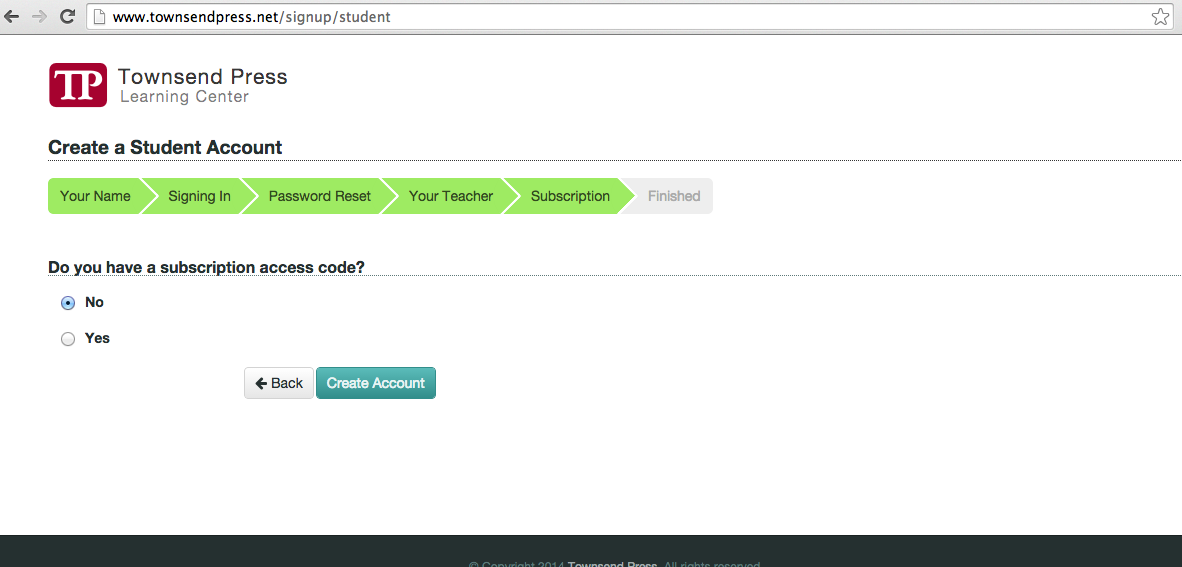Can you avoid the emotional roller coaster of middle school completely?
No, sorry. However, the more you read about how emotions work, the more you will learn and be able to integrate emotionally intelligent behaviors into your mind and reactions. Thus, the more you practice and are aware your emotions, the more control you will have of yours. :)
Check out everything I post on here; I pick my favorites that I know will help tweens of all personality and emotional types!
Must View Images:
1. Information Entering Our Brains- What does this image mean?! Read the parenthesis and you might see why this presents a challenge to everyone initially. Basically, information hits the brain on the opposite end of the your logical thinking. So information must past through the limbic system (your emotions and feelings!!!) to get to your rational part. That's why the emotions always hit so intensely and it takes us a while to calm down or remove ourselves from the triggering event in order to think logically and rationally. Want to know the really cool part? You can train your brain by increasing your emotional intelligence.
Start here, at the source of this graphic.
Must Read Articles:
1.
"Mentally Strong People: The 13 Things They Avoid" by Cheryl Conner
2.
"9 Things Emotionally Intelligent People Won't Do" by Dr. Travis Bradberry
Must Check Out Mini Lessons:
1. Think about the words situation, thought, and emotion. How are they different? You can click on the image go to the activity!
Must Remember Strategies: (Control yoself!)
1.
"ABCs of Thinking and Feeling" (aka ABCs of Emotions) - There is a summary below, but if you click on it, you will see all the examples, different definitions, and complete the interactive worksheets to learn how this can help your overall happiness level for the longterm!
...and this is what you look like if you avoid the ABCs of Emotions (Womp, Womp):
.png)










.png)



